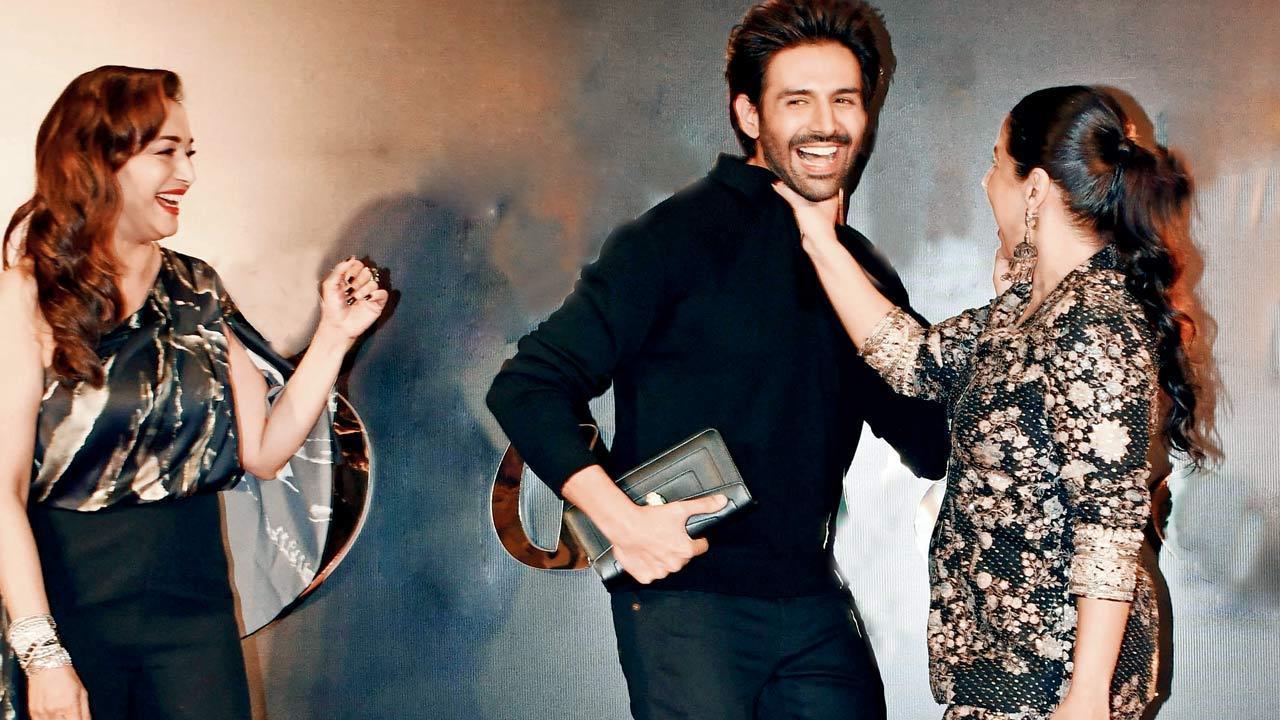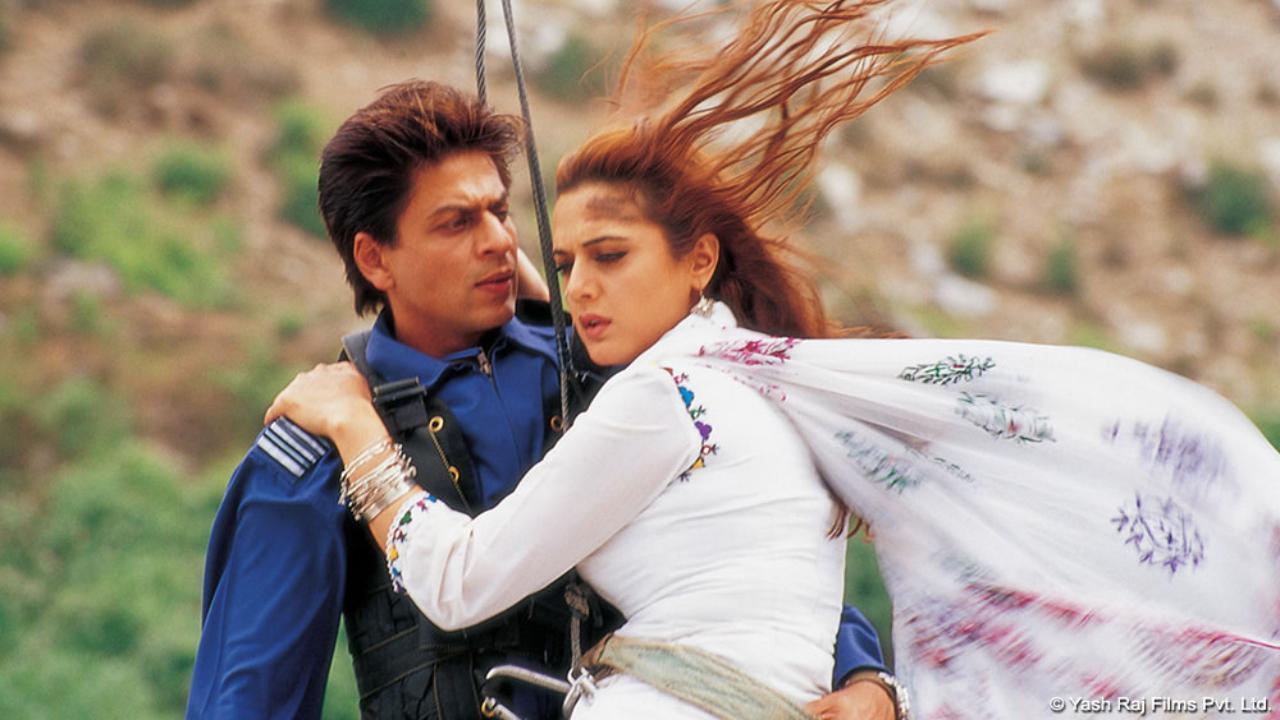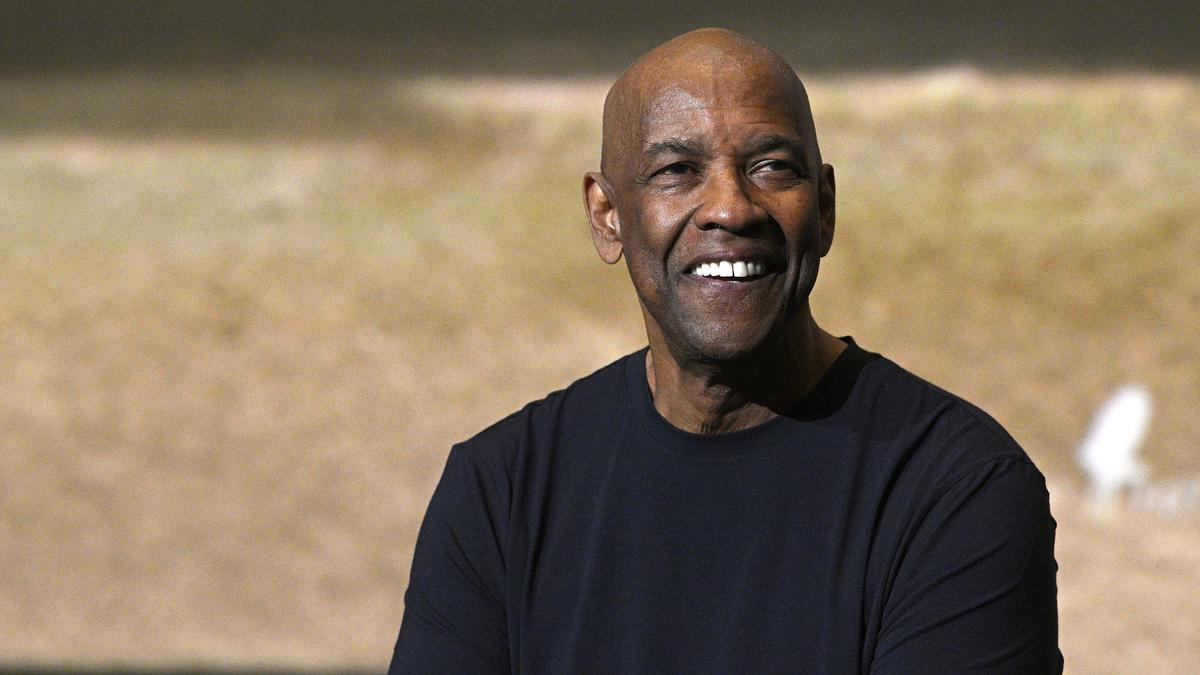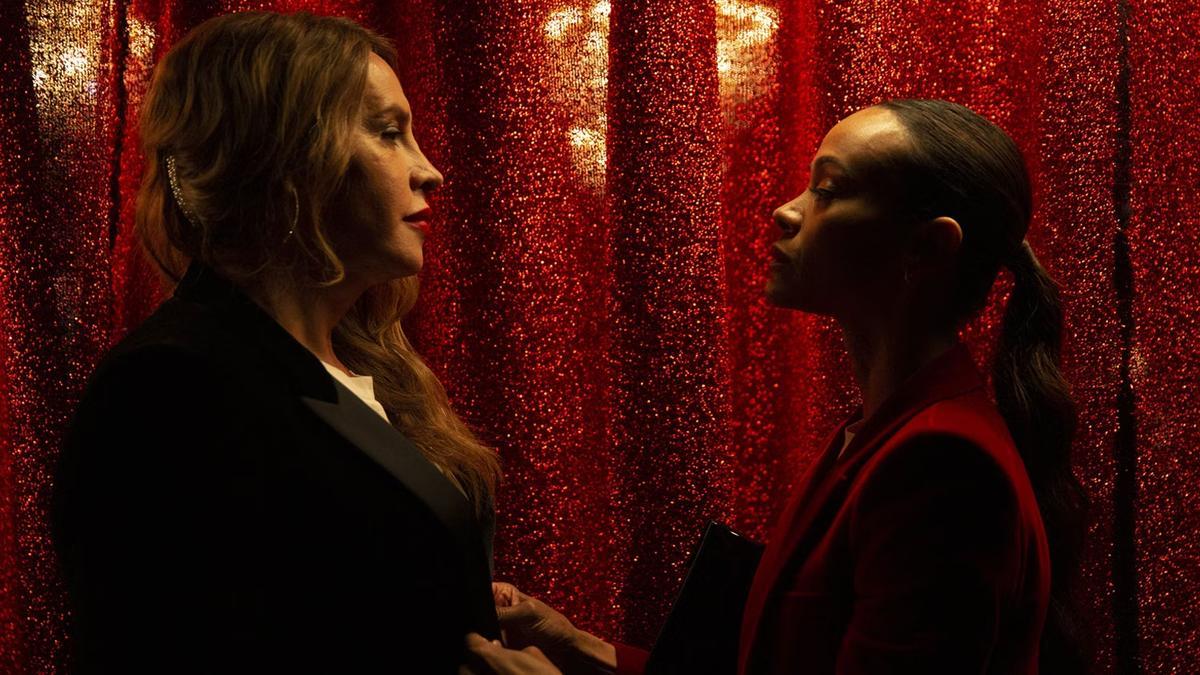
Almost a decade ago, the Sheena Bora murder case ensnared the nation’s attention with its dizzying twists, that made everyday news seem like a dramatic thriller. The case revolved around the enigmatic disappearance and subsequent murder of 25-year-old Sheena Bora. Her mother, prominent media figure Indrani Mukerjea, was embroiled in accusations alongside her former husband Sanjeev Khanna, and driver, in what would unfold as a narrative replete with deception and family intrigue.
As the country watched, perplexed and engrossed, Sheena’s disappearance in April 2012 was just the beginning. When the truth began to surface three years later, Indrani Mukerjea, once celebrated as a media mogul, found herself under arrest. Adding to the labyrinthine nature of the case, Peter Mukerjea, Sheena’s stepfather and Indrani’s then-husband, and renowned former CEO of Star TV, was also implicated.
The interpersonal complexities did little to clarify the mystery, particularly as it was revealed that Sheena was romantically involved with Rahul Mukerjea, her stepbrother from Peter’s previous marriage. This was a reality stranger than fiction, with implications that dug deep into the rooted familial ethos.
Eager to channel this riveting tale into a cinematic experience, Netflix’s documentary series, “The Indrani Mukerjea Story: Buried Truth,” captures the essence of this stranger-than-fiction saga. Previously postponed by the Central Bureau of Investigation due to concerns over ongoing litigation and potential prejudicial effects, the four-part series saw light after the Bombay High Court declined the CBI’s appeal.
The series, a brainchild of directors Uraaz Bahl and Shaana Levy, renowned for their work on “Ladies First,” delves into the complexities of the case. Featuring interviews with the principle figures, inclusive of Indrani and her third child, Vidhie, it paints a vivid picture of Indrani’s life, from her formative years to her ascent into elite Mumbai social circles.
Shaana explains the enduring public interest in true crime as an outlet for viewers to step into the role of detective or investigative journalist. Uraaz further muses on the case’s nature, highlighting the lure of voyeurism and the fall from grace amongst the elite. The series unpacks this layered narrative much like peeling an onion, uncovering more with each layer.
The directorial duo’s commitment to the series spanned over five years, a period in which they also welcomed two children. The series is fondly referred to as their third baby. The laborious process involved meticulous research and efforts to secure access to key individuals, including interviews with Indrani, who was incarcerated until 2022.
Indrani’s participation was marked by professionalism, adding depth and nuance to the series. The filmmakers, who had no prior interaction with Indrani, were struck by her intelligence and familiarity with the details of her case. They describe how she was open to their questions, helping to construct a comprehensive narrative starting from her background leading to intricate particulars of the case.
Today, Indrani, who penned a memoir, can be found on social media, projecting a life restored, still proclaiming her innocence as the legal proceedings persist. The filmmakers had envisioned a conclusion to the case by the end of the series; however, justice’s slow march prompted them to adapt and work rigorously to ensure a balanced and just representation of events.
The documentary series thus stands not just as a portrayal of a grisly case that captivated a nation, but as an emblem of the dedication and tenacity of the filmmakers who sought to bring this intricate true-life story to an audience seeking intrigue and understanding within the chaos.










